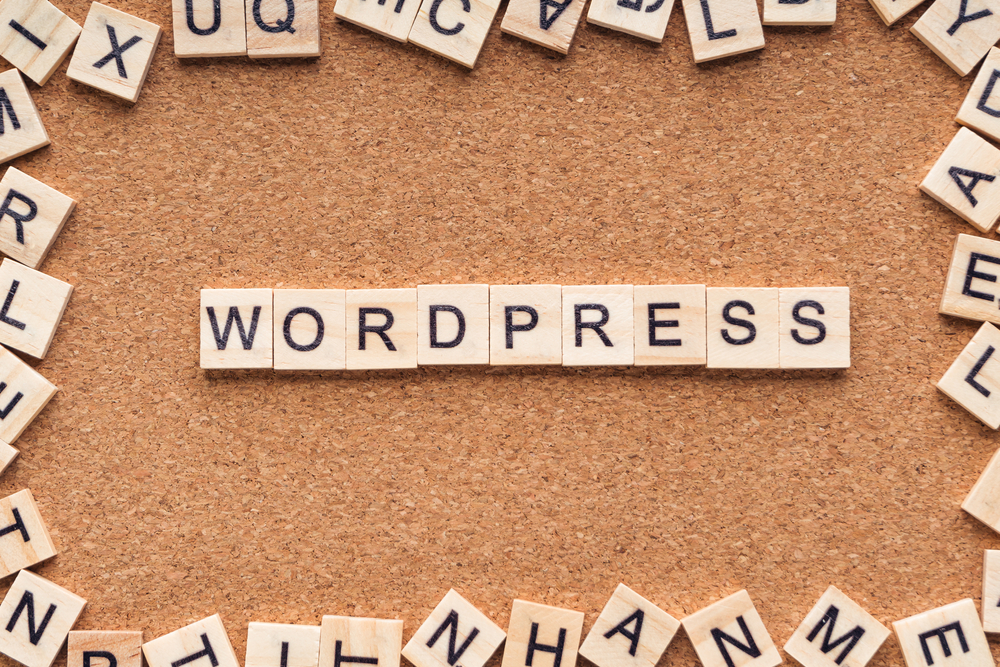
How to Customize and Maintain Your WordPress Site: Tips and Tricks for Professional Website Upkeep

WordPress (WP) has become the go-to platform for website creation and management due to its user-friendly interface and extensive customization options. However, simply creating a WordPress (the platform for bloggers) site is not enough; you need to regularly maintain and customize it to meet your professional needs. In this article, we will explore some essential tips and tricks for customizing and maintaining your WordPress site to ensure it stays up to date, visually appealing, and optimized for performance.
1. Choose the Right ThemeThe theme you choose plays a vital role in the overall appearance and functionality of your WordPress (the blogging platform) site. There are thousands of free and premium themes available, each offering different features and design elements. Before selecting a theme, consider your website's purpose and target audience. Opt for a responsive theme that is compatible with different devices and browsers. Customization options should also be high on your priority list, allowing you to personalize your site's layout, fonts, colors, and more.
2. Customize Your Site's Layout
WordPress (or WP) offers a variety of tools to modify your site's layout without touching a single line of code. The Block Editor, also known as the Gutenberg Editor, allows you to create visually stunning pages by simply dragging and dropping different blocks. Additionally, you can use page builder plugins like Elementor or Divi, which offer even greater flexibility in customizing your site's layout. These tools provide ready-to-use modules and templates, or you can create your own designs to create a unique and professional look.
3. Install Essential Plugins
Plugins are a crucial component of any WordPress site as they extend its functionality. There is a vast array of plugins available for different purposes, such as SEO optimization, site security, backup and restoration, social media integration, contact forms, and more. However, be cautious not to install too many plugins, as they can slow down your site's performance. Choose reputable plugins from trusted sources and regularly update them to ensure compatibility with the latest WordPress version.
4. Optimize for Performance
Website performance is a critical factor in user experience and search engine rankings. Slow-loading pages can frustrate visitors and lead to a higher bounce rate. To optimize your WordPress site's performance, start by choosing a reliable web hosting provider. Utilize caching plugins like WP Rocket or W3 Total Cache to reduce loading times. Compress and optimize your images using plugins like Smush or ShortPixel. Also, consider using a content delivery network (CDN) to distribute your site's assets across multiple servers worldwide, decreasing the distance between your visitors and your content.
5. Focus on SEO
Search engine optimization (SEO) is key to attracting organic traffic and improving your site's visibility. WordPress provides several SEO plugins, such as Yoast SEO and Rank Math, that help optimize your site's on-page content, meta tags, XML sitemaps, and more. Pay attention to your site's permalink structure, ensuring it includes relevant keywords and is easy to read. Write compelling, keyword-rich content that provides value to your audience while following SEO best practices.
6. Regularly Update WordPress and Themes
WordPress regularly releases new versions, including security patches, bug fixes, and feature updates. Automatically updating to the latest version ensures that your site remains secure and up to date. Likewise, keep your selected theme and plugins updated to benefit from new features and compatibility improvements. However, before performing any updates, make sure to back up your site to prevent any potential compatibility issues or data loss.
7. Regularly Backup Your Site
Backing up your WordPress site provides a safety net in case of any unforeseen events, such as server failures, hacking attempts, or website crashes. There are various backup plugins available that allow you to create and schedule automatic backups. Some popular options include UpdraftPlus, BackupBuddy, and VaultPress. Store your backups either in the cloud (e.g., Dropbox, Google Drive) or on an external storage device for additional security.
Frequently Asked Questions:
Q1: Can I change my WordPress theme after creating my site?A1: Yes, you can easily change your WordPress theme at any time. However, keep in mind that changing your theme may alter your site's appearance and require some adjustments to maintain consistency.
Q2: Will installing too many plugins affect my site's performance?
A2: Yes, having too many plugins can slow down your site's performance. It is recommended to only install necessary plugins and regularly evaluate and remove any unused ones.
Q3: Should I worry about backing up my site if my web host offers backups?
A3: While some web hosts offer backup services, it is still essential to have your own backup strategy. Relying solely on your web host's backups may pose risks, as their backup frequency and retention period may vary.
Q4: How often should I update WordPress and plugins?
A4: Regular updates are crucial for site security and compatibility. It is recommended to update WordPress, themes, and plugins as soon as new versions become available. However, always perform backups and test updates on a staging site before implementing them on your live site.
Q5: Can I optimize my WordPress site for mobile devices?
A5: Absolutely! WordPress provides responsive themes that adapt to different screen sizes. Additionally, using a page builder plugin like Elementor or Divi allows you to create custom mobile layouts for better mobile user experience.
Conclusion
Customizing and maintaining your WordPress site is an ongoing process that requires regular attention and updates. By following the tips and tricks mentioned in this article, you can ensure that your site remains visually appealing, fast-loading, and optimized for search engines. Remember to choose the right theme, customize your site's layout, install essential plugins, optimize for performance, focus on SEO, regularly update WordPress and themes, and always back up your site. With these practices in place, your WordPress site will continue to thrive professionally.
Other useful resources
- https://en.wikipedia.org/wiki/Blog
- https://www.wordpress24plus.com/wordpress-tools-directory/wordpress-themes/
- https://en.wikipedia.org/wiki/WordPress